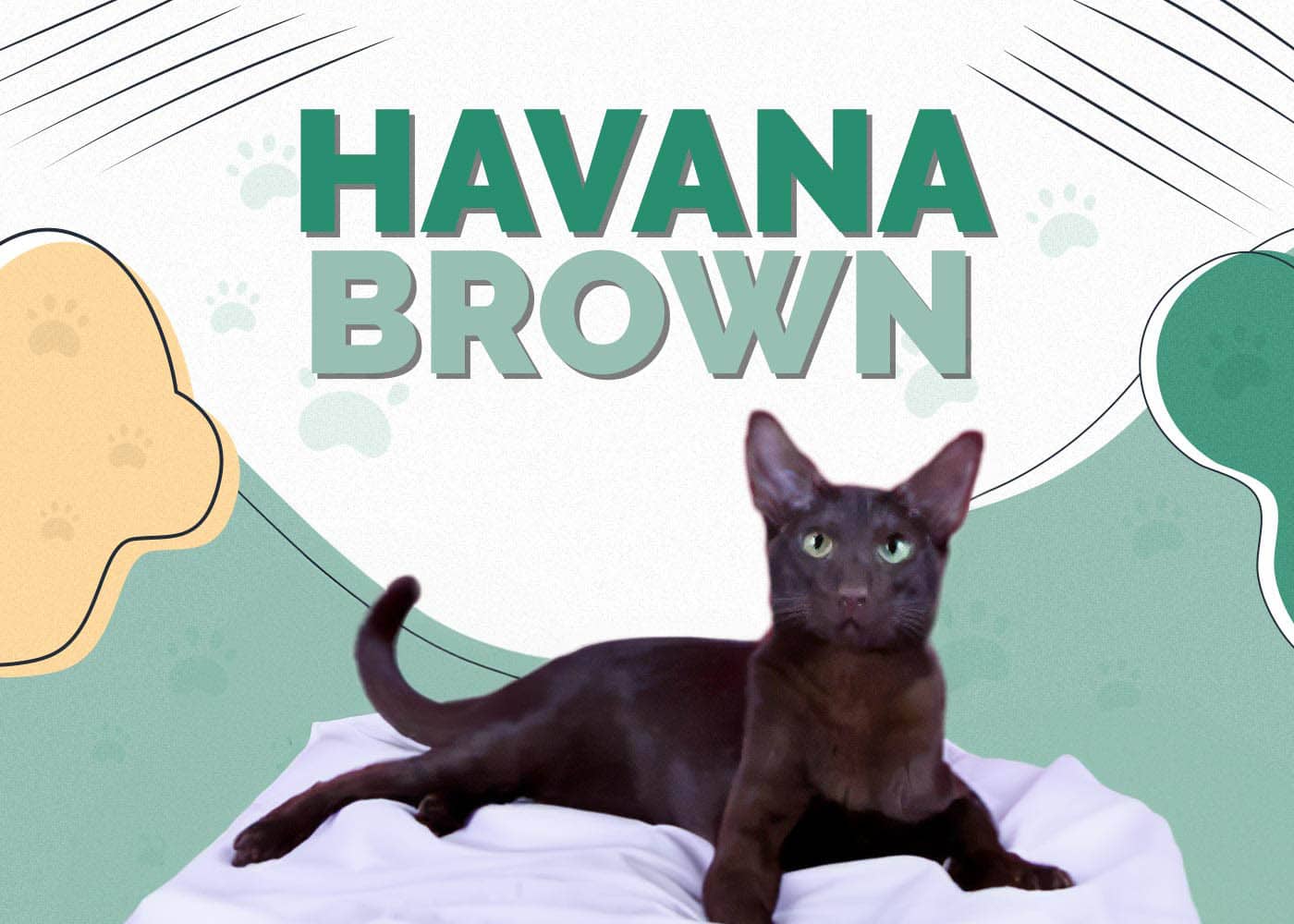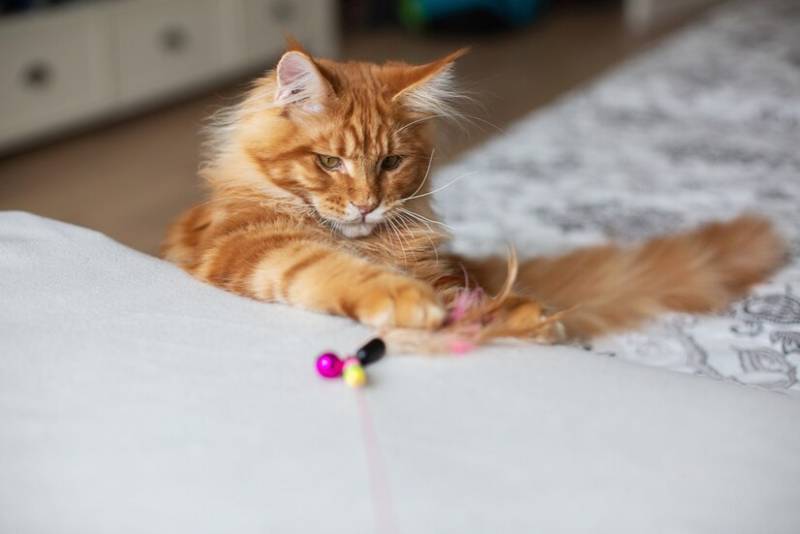National Hairball Awareness Day 2024: When It Is & How It’s Celebrated

Updated on
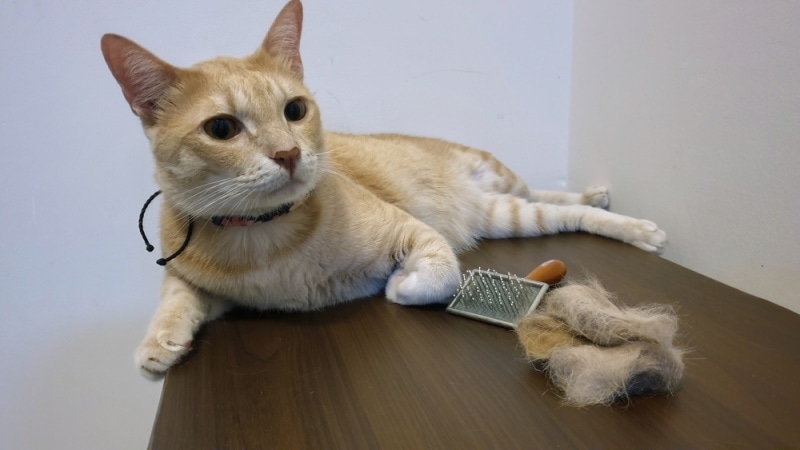
Hairballs are all too familiar to pet owners. Not only are they a nuisance, but they can also be dangerous to cats’ health if left untreated. One day each year is dedicated to raising awareness of hairballs. April 28th is National Hairball Awareness Day, a day to celebrate the bonds between cats and humans and to learn more about how to prevent and treat hairballs. With the right care, though, cats can stay healthy and happy, and National Hairball Awareness Day is the perfect time to get informed about the best ways to do so.
What Is National Hairball Awareness Day?
National Hairball Awareness Day has been a fixture in the cat-lover calendar since 2007. As the name implies, this special day is dedicated to raising awareness of the importance of preventing and treating cs in cats. It’s a chance for cat owners to celebrate the bond between cats and humans and to learn more about how to keep their furry friends healthy and happy.
The day focuses primarily on two main aspects: preventing hairballs and treating them. Prevention is key to keeping cats healthy and happy, so National Hairball Awareness Day is a great opportunity for cat parents to learn more about the causes of hairballs and the best ways to avoid them. It’s also a nice chance to learn more about treatments for hairballs, so that if they do occur, they can be treated effectively.
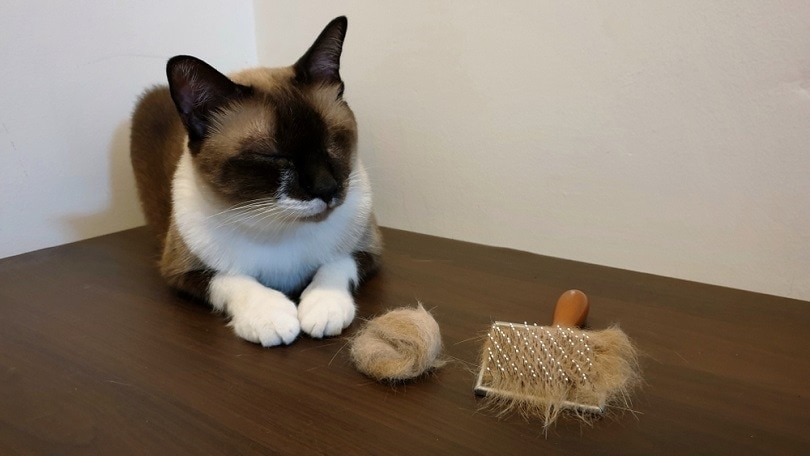
How Is National Hairball Awareness Day Celebrated?
National Hairball Awareness Day is usually celebrated by providing information to cat owners and encouraging them to be aware of what they are and what causes them. But you don’t have to wait until this day to do this, as we’ll provide that information to you right now.
What Are Hairballs Exactly?
A hairball is a clump of hair and digestive secretions that accumulates in cats’ stomachs and intestines. Cats get hairballs when they groom themselves and swallow the fur they remove. This fur accumulates in their stomachs and can cause blockages or other problems if it isn’t eliminated through coughing or vomiting.
Hairballs aren’t just a nuisance – they can be dangerous to cats’ health if left untreated. If a hairball gets stuck in the digestive tract, it can cause a blockage that can be fatal if not addressed quickly. Hairballs can also cause vomiting, diarrhea, and other digestive problems. It’s important for cat owners to be aware of the signs of hairballs and take the necessary steps to prevent and treat them.
Causes of Hairballs
The main cause of hairballs is due to cats grooming themselves. When cats groom themselves, they swallow the fur they remove, which accumulates in their digestive tract and can cause hairballs. Some cats are more prone to getting hairballs than others, and certain factors can increase the likelihood of hairballs.
Cats with long hair are more likely to get hairballs than cats with short hair, as they swallow more fur when they groom themselves. Other factors that can increase the risk of hairballs include age (older cats are more prone to hairballs than younger cats), diet (cats who don’t get enough fiber in their diet are more likely to get hairballs), and stress (stressed or anxious casts are more likely to groom themselves excessively, which can lead to hairballs).
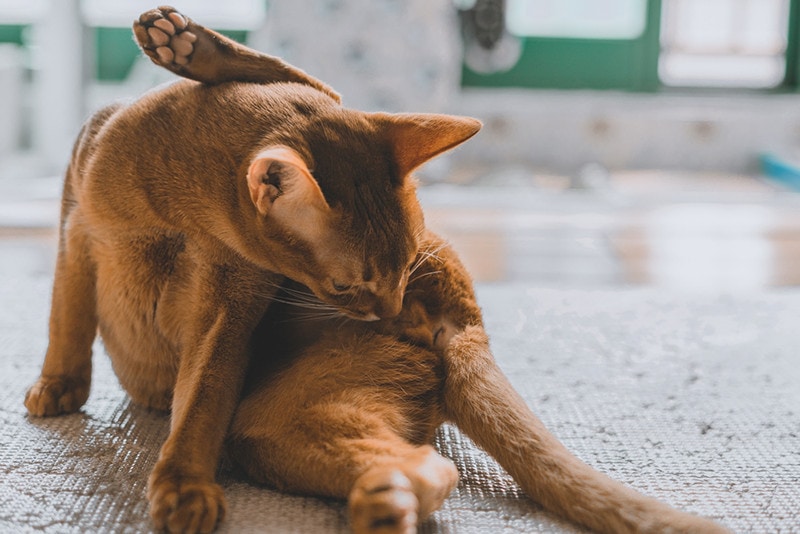
Signs Your Cat Has a Hairball
The most common symptom of a hairball is vomiting, usually accompanied by hacking or gagging. The vomit may contain bits of fur, food, and bile. Hairballs can also cause cats to become lethargic and appear weak, as well as making them lose their appetite. In more severe cases though, hairballs can cause constipation or obstruction of the intestine, which will require medical attention as soon as possible.
Cats typically show signs of discomfort when hairballs are present, which makes the issue easy to spot. They may seem irritable or a bit anxious, and often paw at their mouths. Because cats are usually fastidious groomers, you may also observe them grooming themselves more often than usual. They may also produce a characteristic dry heaving or retching sound, which is another sign of a hairball.
Are hairballs common in cats? Yes. And in most cases, they’re not a health concern. But if you suspect your cat has a hairball issue (such as frequent ones or ones that it can’t cough up), it’s important to take them to the vet as soon as possible. Your vet can diagnose the problem and help you determine the best course of action. Depending on the severity of the issue, they may recommend dietary changes or a special hairball remedy. In some cases, they may even suggest surgery to remove the hairball.
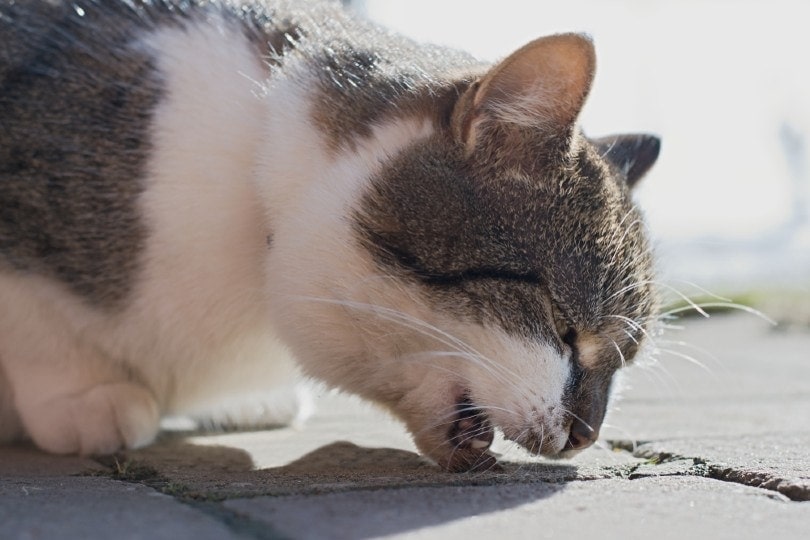
Treating Hairballs
If your cat does get a hairball, it’s best to take action quickly. If the hairball isn’t eliminated naturally through coughing or vomiting, it can cause a blockage that can be fairly dangerous to your cat’s health. If your cat can’t eliminate the hairball naturally, the first step is to take your cat to the vet to make sure the hairball is not causing any other health problems.
If the hairball is not causing any other issues, there are a few treatments that can help. For example, laxatives can help move the hairball through the digestive tract, and petroleum jelly can help lubricate the digestive tract and make it easier for the hairball to pass. Some vets may also recommend medications to help break up the hairball or special diets to help move it through the digestive tract.
Ways to Prevent Hairballs
There are ways to prevent your cat from having frequent hairballs, and many of the solutions cost little to no money at all.
Regular Grooming
Brushing cats regularly can help remove excess fur from their coats and reduce the amount of fur they swallow. It’s also important to use the right brush for your cat’s coat type—long-haired cats should be brushed with a slicker brush, while short-haired cats should be brushed with a bristle brush. Bathing cats regularly can also help remove excess fur from their coats and reduce the amount of fur they swallow when they groom themselves.
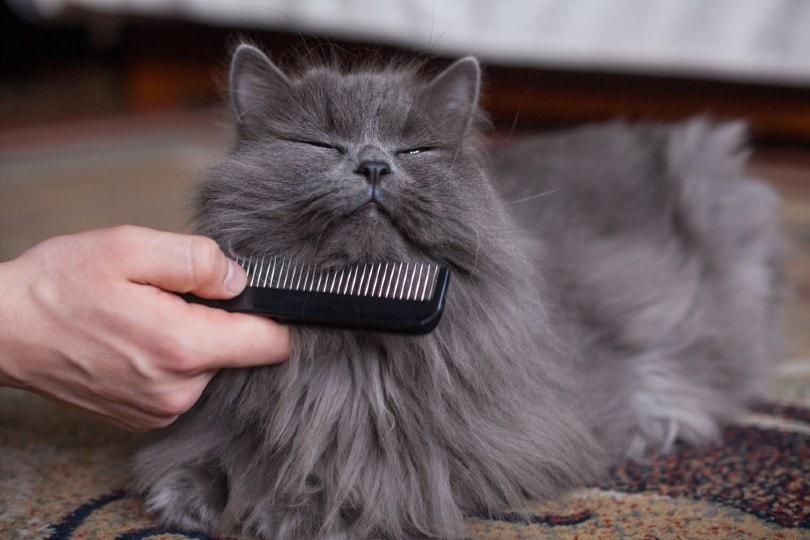
Special Diets & Foods
Some cats may benefit from special diets that are high in fiber. Fiber helps move hair through the digestive tract, so cats who get enough fiber in their diet are less likely to get hairballs. Wet food can also help prevent hairballs, as it lubricates the digestive tract and helps move hair through it.
High-fiber cat food can be found at most pet stores, or you can make your own high-fiber cat food at home. You can add fibrous foods like canned pumpkin or cooked oatmeal to your cat’s regular food to increase the fiber content. Also, consider adding a bit of wet food to your cat’s diet to help lubricate the digestive tract and make it easier for hairballs to pass.
Hairball Products on the Market
There are also hairball prevention treats, which are formulated with fiber and other ingredients to help move hair through the digestive tract. A few popular products include Feline Greenies SmartBites, Vetoquinol Laxatone Gel, LICKS Hairball Supplement, and Hairball Chews for cats.
Wrapping Things Up
Hairballs are a common problem for cats, but with the right care, cats can stay healthy and happy. National Hairball Awareness Day is a great opportunity to learn more about the causes and treatments of hairballs and make sure your furry friend is in the best possible shape. With the right diet and regular grooming, you can help reduce the risk of hairballs and make sure your cat is in top form.
Featured Image Credit: RJ22, Shutterstock



